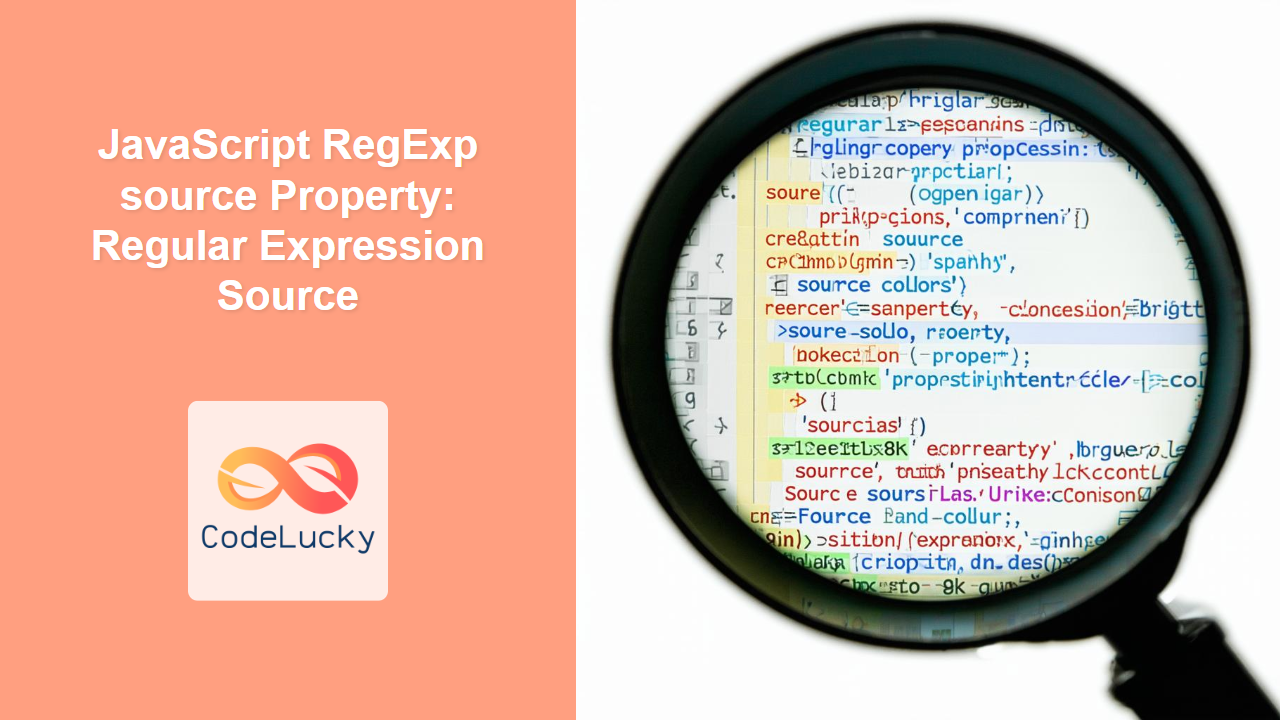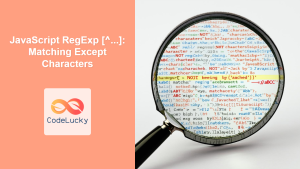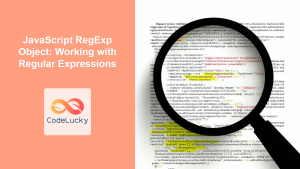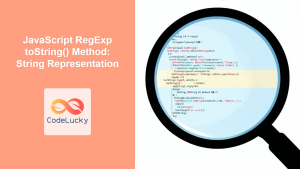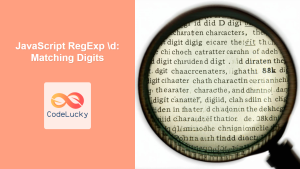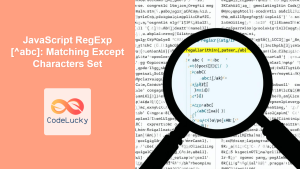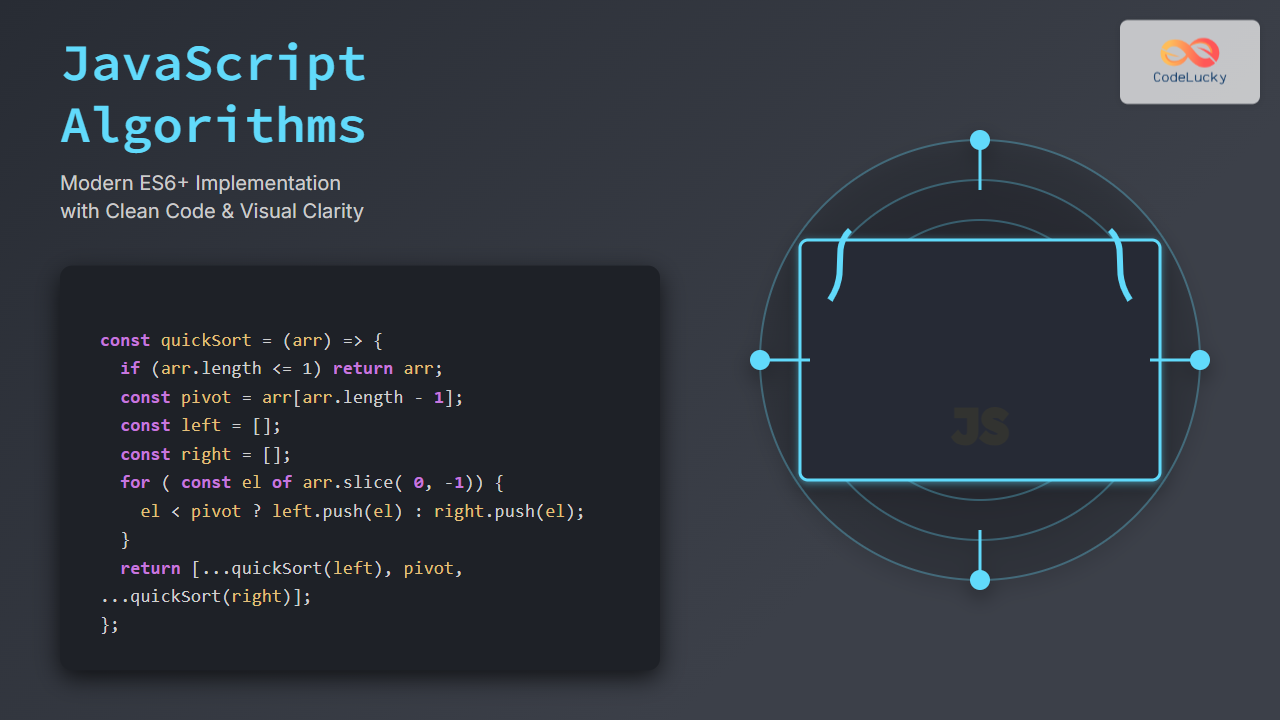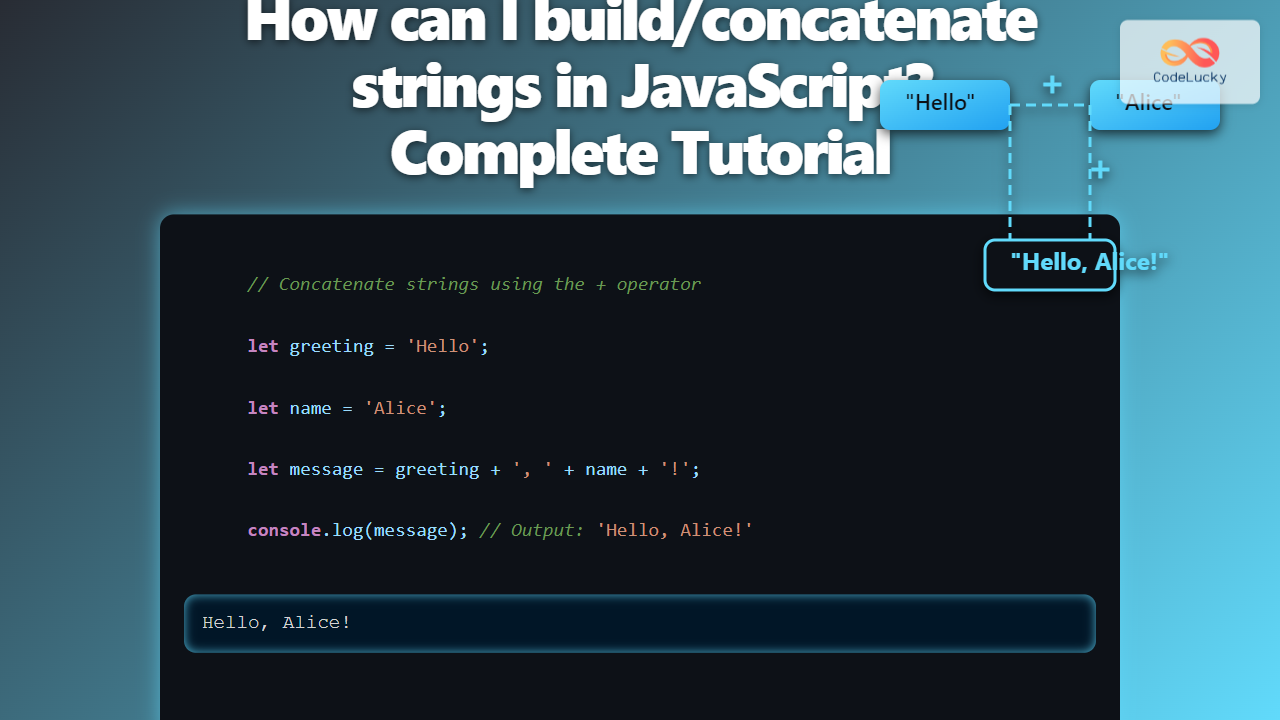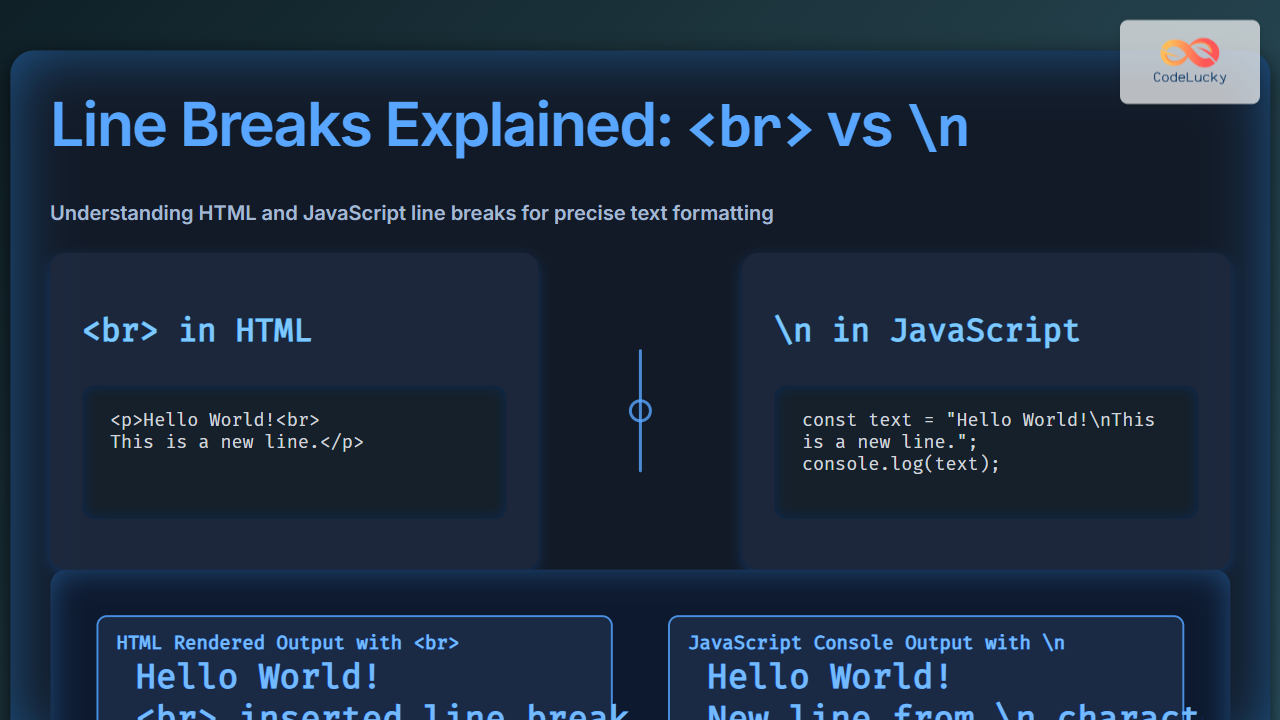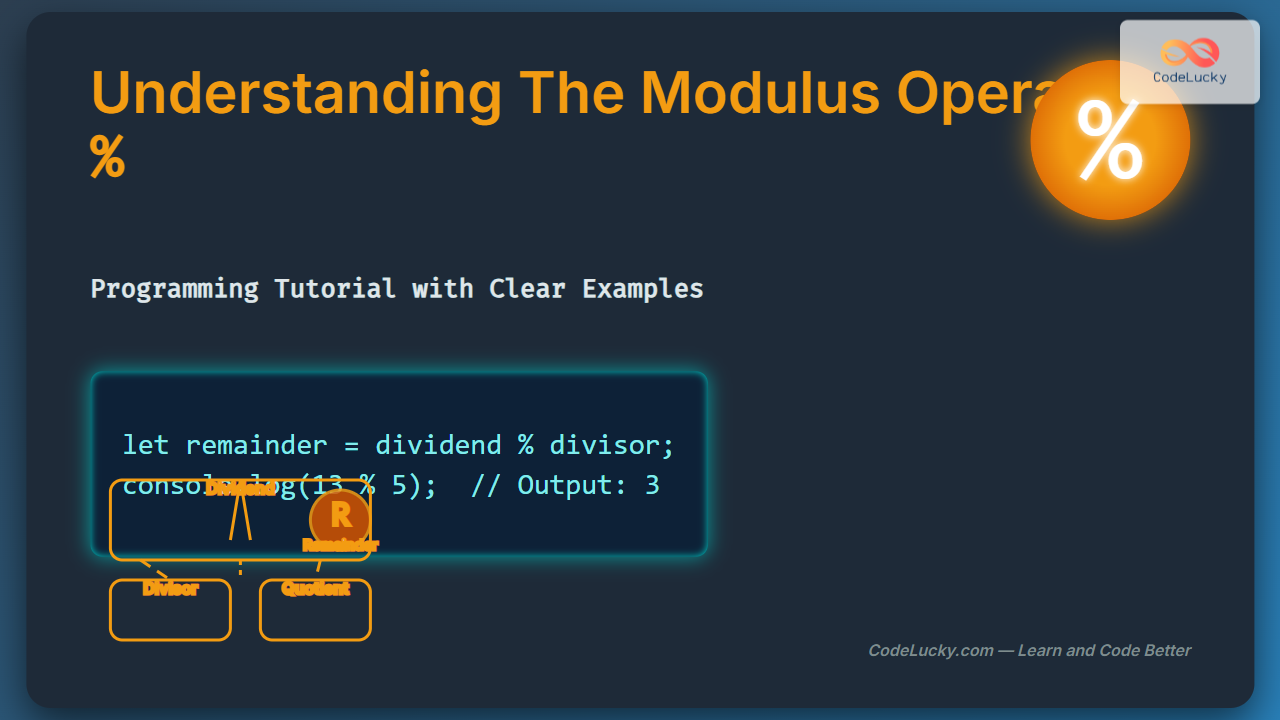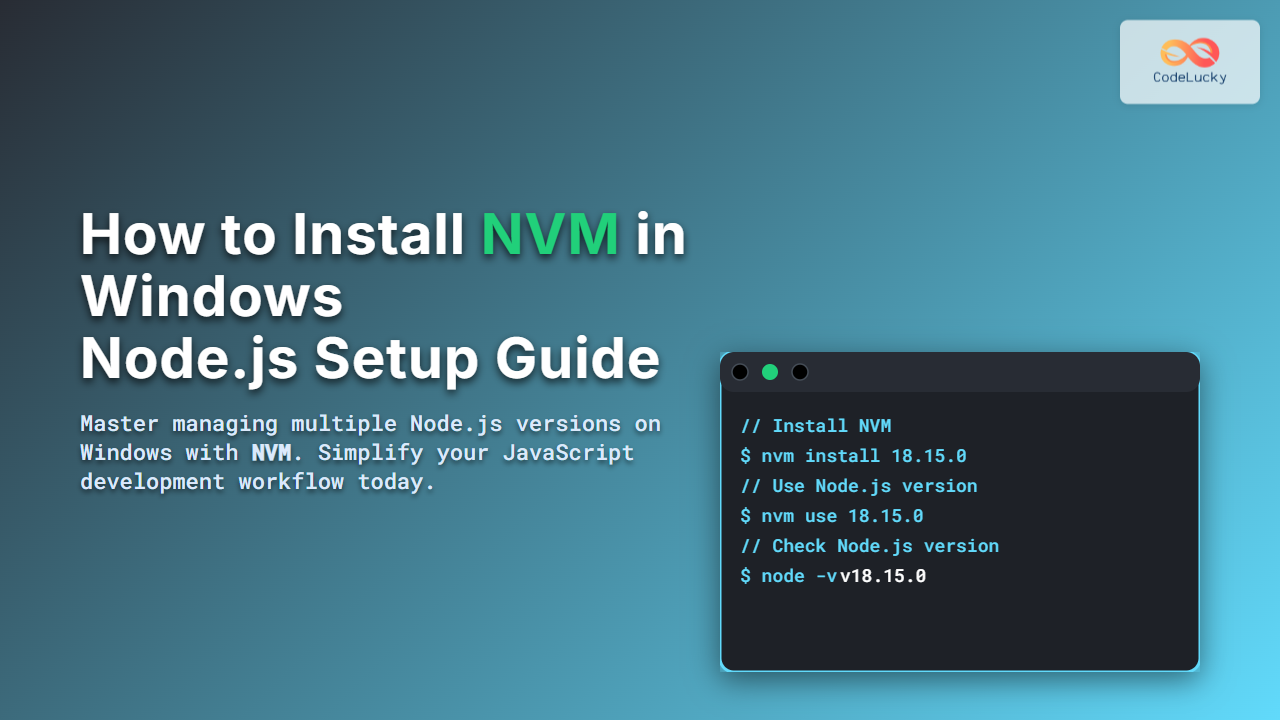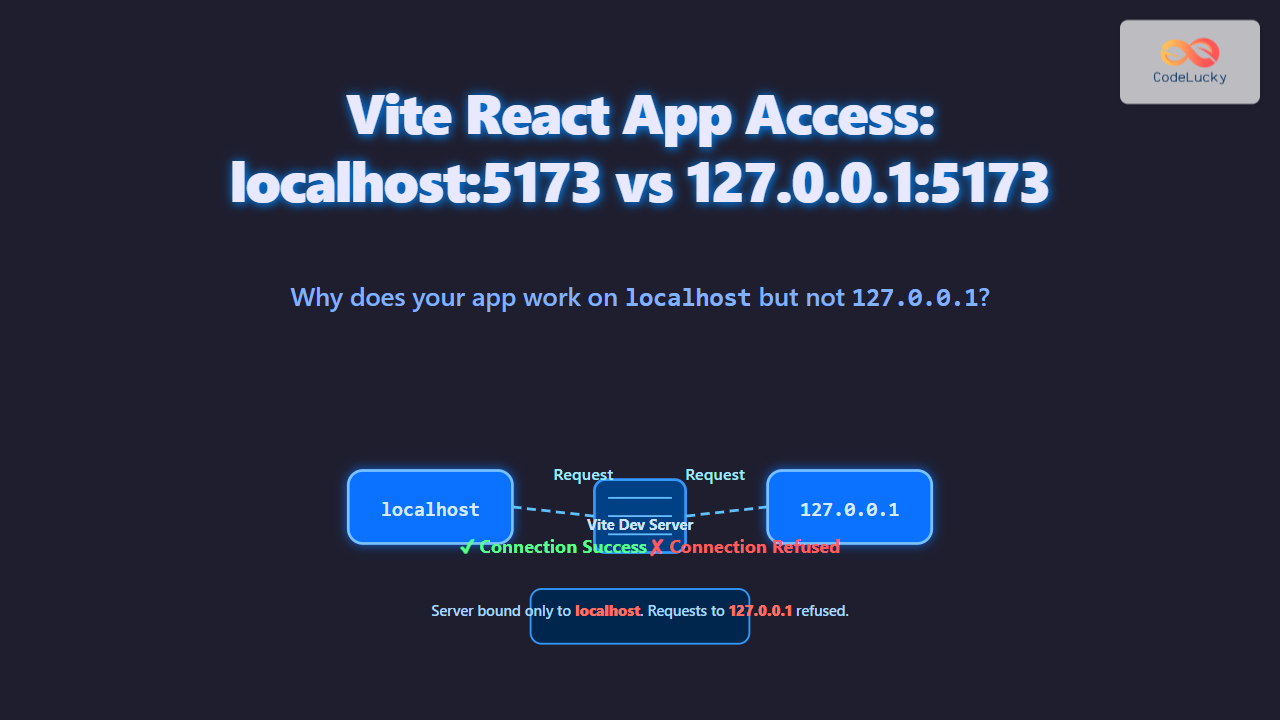JavaScript RegExp source Property: Unveiling the Regular Expression Source
The source property of a JavaScript RegExp object returns a string containing the text of the regexp pattern, with backslashes escaped. It is a read-only property, meaning you can’t modify the regular expression pattern directly using it. Understanding the source property is crucial for debugging, logging, and dynamically analyzing regular expressions in your JavaScript code.
Purpose of the source Property
The primary purpose of the source property is to:
- Inspect the Pattern: Retrieve the original regular expression pattern as a string.
- Debugging: Log or display the pattern for debugging purposes.
- Dynamic Analysis: Programmatically analyze or manipulate the pattern string.
- Recreation: Use the pattern string to create a new
RegExpobject dynamically.
Syntax
The syntax for accessing the source property is straightforward:
regexObj.source
regexObj: ARegExpobject instance.- Returns: A string representing the source text of the regular expression pattern.
Examples
Let’s explore some practical examples demonstrating how to use the source property.
Basic Example: Retrieving a Simple Pattern
This example shows how to retrieve the source of a simple regular expression pattern.
const regex1 = /hello/i;
const source1 = regex1.source;
console.log(source1); // Output: hello
In this example, the source property returns the string “hello”, which is the pattern of the regular expression.
Retrieving a Pattern with Special Characters
This example demonstrates how the source property handles special characters by escaping them.
const regex2 = /\d+/g;
const source2 = regex2.source;
console.log(source2); // Output: \d+
Here, the backslash in \d+ is included in the source string, demonstrating that special characters are preserved.
Using the source Property with Flags
The source property only returns the pattern, not the flags.
const regex3 = /world/gi;
const source3 = regex3.source;
console.log(source3); // Output: world
The source property returns “world”, even though the regular expression has the g (global) and i (ignore case) flags.
Dynamic Regular Expression Creation
The source property can be used to dynamically recreate a regular expression.
const regex4 = /test/g;
const originalSource4 = regex4.source;
const newRegex4 = new RegExp(originalSource4, "i");
console.log(newRegex4); // Output: /test/i
In this example, we retrieve the source from regex4 and use it to create a new regular expression newRegex4 with different flags.
Combining with Other Methods
The source property can be combined with other methods for more complex operations.
const regex5 = /example/i;
function modifyRegex(regex, newFlags) {
const source5 = regex.source;
return new RegExp(source5, newFlags);
}
const newRegex5 = modifyRegex(regex5, "g");
console.log(newRegex5); // Output: /example/g
This function takes a regular expression and new flags, and returns a new regular expression with the same pattern but different flags.
Real-World Use Case: Validating Input Patterns
A practical application of the source property is to validate user-provided regular expression patterns.
function isValidPattern(pattern) {
try {
new RegExp(pattern);
return true;
} catch (e) {
return false;
}
}
const pattern1 = "[a-z]+";
const pattern2 = "[a-z(**";
console.log(isValidPattern(pattern1)); // Output: true
console.log(isValidPattern(pattern2)); // Output: false
This isValidPattern function checks if a given pattern is a valid regular expression pattern by attempting to create a RegExp object.
Important Considerations
- Read-Only: The
sourceproperty is read-only. Attempting to modify it will not change the regular expression pattern. - Flags are Excluded: The
sourceproperty only returns the pattern string, not the flags. You need to handle flags separately. - Escaping: The returned string contains the pattern with backslashes escaped.
Tips and Best Practices
- Debugging: Use
console.log(regex.source)to quickly inspect the regular expression pattern during debugging. 🐞 - Dynamic Creation: Leverage the
sourceproperty to dynamically create new regular expressions with modified flags or patterns. - Validation: Validate user-provided patterns using the
sourceproperty to ensure they are valid regular expressions. ✅
Conclusion
The source property of the JavaScript RegExp object is a valuable tool for inspecting, debugging, and dynamically manipulating regular expressions. By understanding its purpose, syntax, and practical applications, you can enhance your ability to work with regular expressions effectively in JavaScript.

